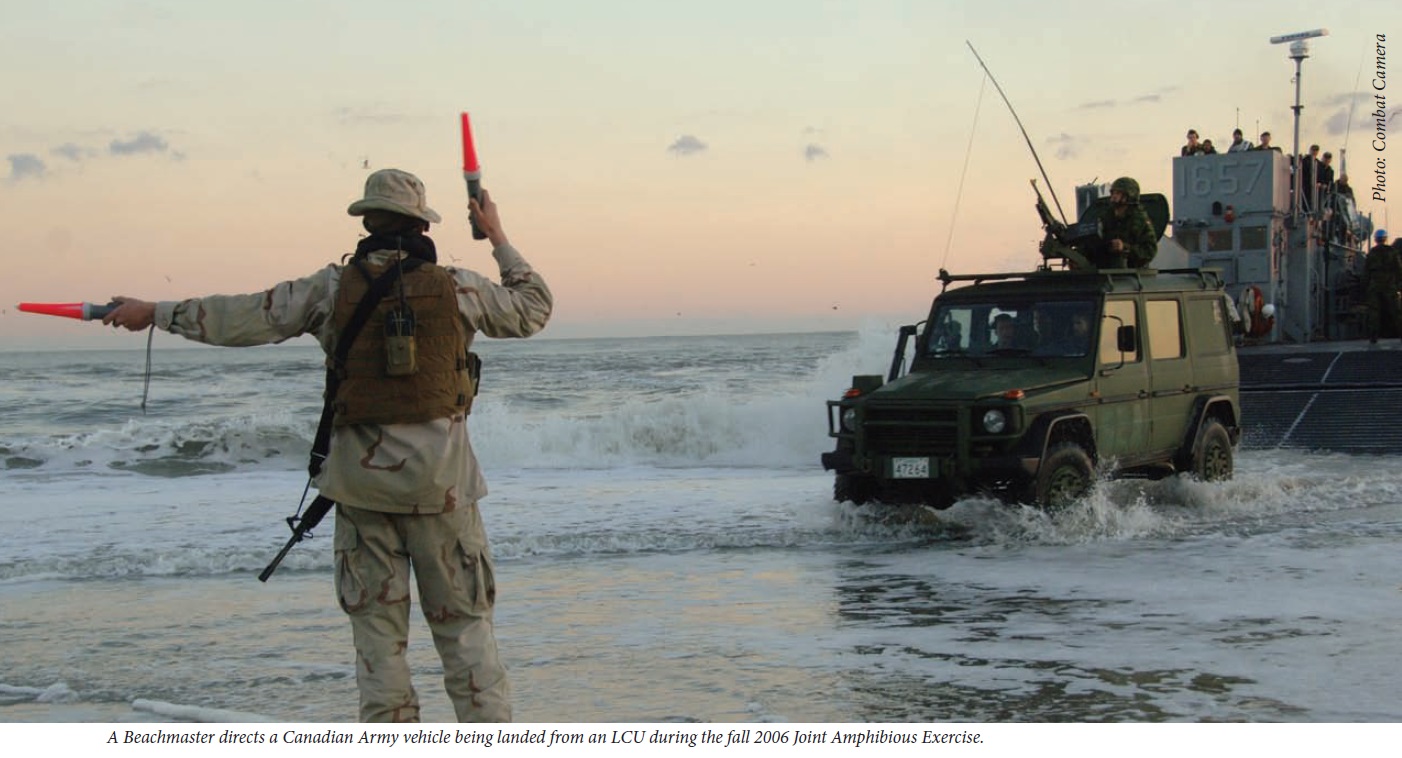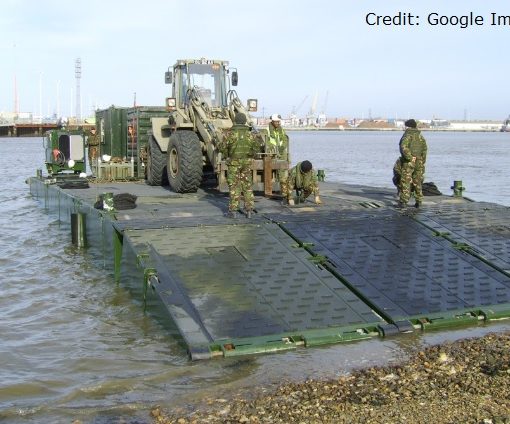It has just recently come to my attention that Ken Hansen recycled here in 2011 much of his 2007 criticism in the Canadian Military Journal (CMJ) (see Link 1 below) of my 2006 CMJ article on building a Canadian amphibious capability (see Link 2 below). In his critique, Hansen did not acknowledge or address my 2007 CMJ reply to his comments (see Link 3 below). Such an omission leaves the reader with an incorrect understanding of the thought process underlying my 2006 article. Therefore, my 2007 reply follows hereafter.
“Re: Commander Hansen
Reviving the Princes,
Canadian Military Journal
Vol. 8, No. 2, Summer 2007
In a commentary with respect to my article on the Standing Contingency Force (SCF) (“Reviving the Princes” [Summer 2006]), Commander Hansen suggested that I made unspecified “historical and doctrinal errors,” and that I proposed an “... organizational concept ... (that) is little more than a thinly disguised effort to justify the army’s existing ‘infantry-centric’ force structure.” He also contended that I have suggested a force that can only be carried by “...one of the largest and most expensive of modern amphibious ships, making it likely that a multi-ship solution will be required ...” While making his observations, Commander Hansen announced: “A move into amphibious warfare ... will require dramatic force structure reorganization and a new flexibility of thought ...”
Unfortunately, there is little that I can say about what Commander Hansen sees as a properly organized SCF, since he offers no specific proposals. He simply discusses at length the conversion of merchant ships to amphibious roles and announced, “... marine forces ... do not resemble their army equivalents.”
He further suggests that – in circumstances resembling a non-combatant evacuation conducted in a non-hostile environment – “... the emphasis should ... be placed upon the naval capabilities of the landing ships, rather than upon the volumetric requirements of the landing force ... (which) will be required to modify itself to achieve the most effective organization possible within the volumetric capacities provided.” Such an approach is useful in a few circumstances. However, designing the SCF from the beginning for only benign evacuations would severely and needlessly limit future crisis managers’ options. In following such an approach, we would be rejecting the concept of “effects based operations” by focusing from the beginning upon means rather than ends.
The design of a new and significant CF capability should start with first principles. Only later, as one works through the details, should one introduce the real-world compromises needed to achieve the capability with the resources available. Doing the initial analysis properly will greatly facilitate the identification of the consequences of various possible compromises.
One ‘first-principles’ approach is to work backwards from a government-mandated requirement – such as the ability to conduct evacuations, but with the inclusion of the risk of violence. A force capable of accomplishing this mission would be useful for a broad range of others. Having identified the shape of a landing force able to succeed in such a situation, one can then deduce the type of amphibious capability needed to transport, support, and recover it, along with some number of evacuees. Such an approach would not be an attempt to create “administrative neatness and completeness,” but, rather, an effort to move from the known to that which must be determined.
To those contemplating doing such an analysis, I would suggest that an SCF, worthy of the effort required to build it, must meet the following fundamental requirements:
- It must be able to respond to rapidly changing situations, before and after a landing has occurred;
- It must be able to react quickly to situations around the world. Consequently, it must have enough ships and equipment to be minimally affected by refit schedules and by location, i.e. off which coast of North America a crisis arises;
- It's striking element – the landing force – must be capable of accomplishing a broad range of missions with little time spent on further training and regrouping;
- It must have an air element able to support the landing force with command, transport, and fire support aircraft;
- Its ships must be able to meet robust mission and sea requirements; and
- All components should be collocated physically and must belong to a common chain of command to ensure that they master their complex duties before a crisis arises.
In conclusion, I feel that the SCF would offer Canada a significant new capability. Its design and implementation must be based on real-world challenges and solutions. I would urge further thoughtful discussion on the best design for it and the limitations that various force structure/equipment choices might impose. We must not design the SCF around pre-conceived solutions, particularly any which use limited resources to provide minimal performance.
Major Les (MADER)”
Link 1: http://www.journal.forces.gc.ca/vo8/no2/hansen-eng.asp
Link 2: http://www.journal.forces.gc.ca/vo7/no2/mader-eng.asp
Link 3: http://www.journal.forces.gc.ca/vo8/no4/letter-lettre-eng.asp




